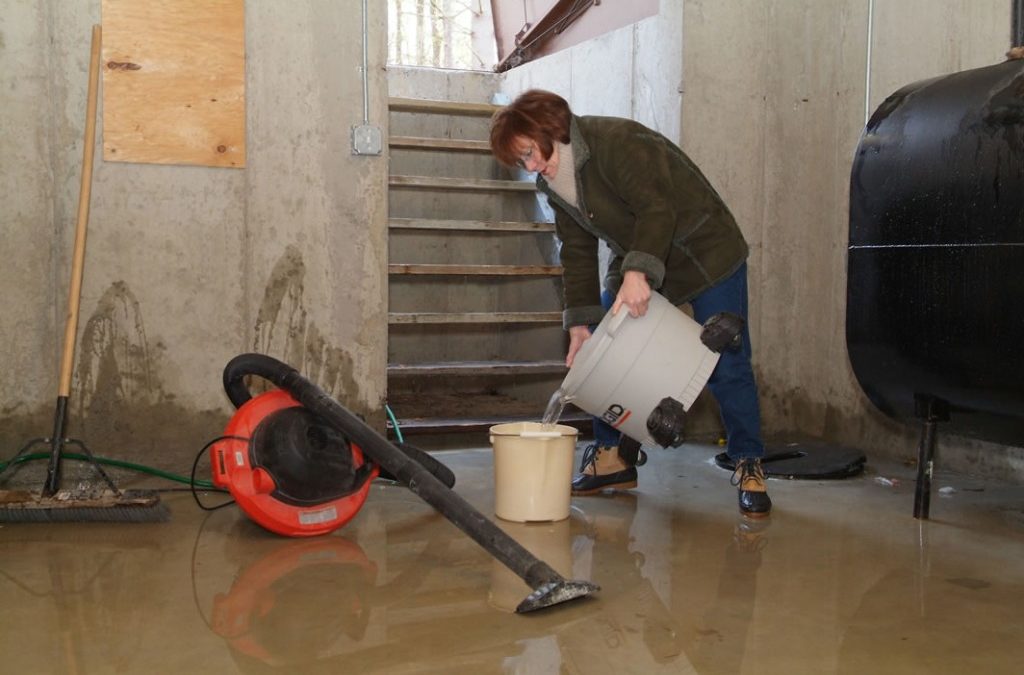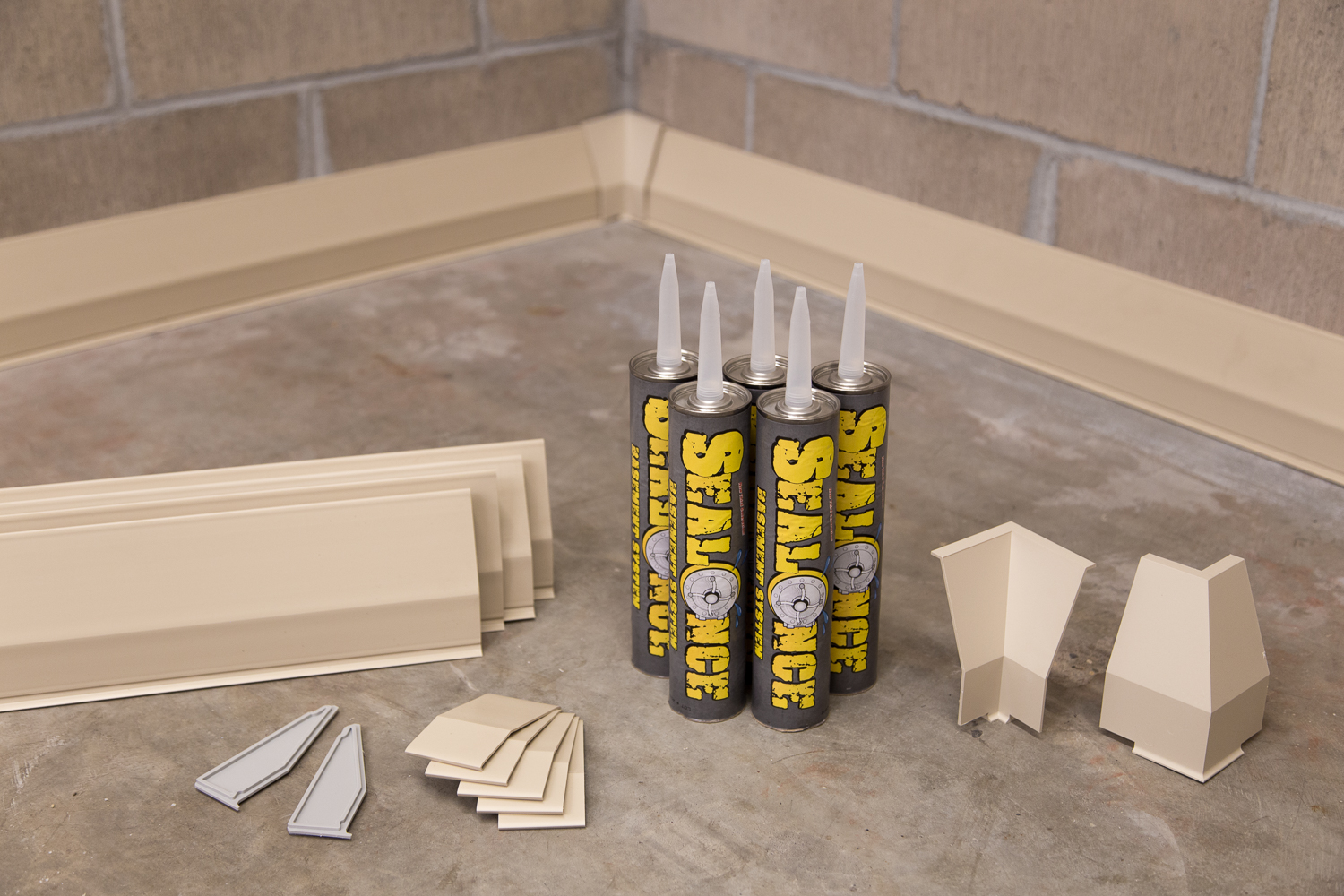So what’s next after a heavy rain and your basement is flooded with water? The good news is surface water, wall seepage or back-flow from sewer lines typically causes little to no structural damage to your basement or foundation. The water inside the basement braces the walls against the pressure of outside water and waterlogged soil.
1. Drain water out of a the basement
Wait to drain out basement water until the water level outside the home has decreased and a majority of it is gone. This will prevent the basement walls from pushing in or buckling and prevent the basement floor from heaving. If there is a large amount of water in the basement or if there is no basement drain, you may need to buy or rent a sump pump to get rid of the standing water.
If your electrical panel is located in an area of your home that has been flooded, you will be unable to use an electric sump pump, unless you use a pump driven by a 12-volt auto battery. Stop pumping when the two water levels become equal. Pump the basement water out at the same rate at which the flood waters recede. This will keep the integrity of your foundational structure in-tacked.
2. Clean up and remove debris
Once you have drained the basement water you can being the process of cleaning your basement. Remove the silt and dirt residue from the basement walls with a high-pressure hose. Next, using a shovel collect all the mud and debris off the basement floors to encourage your basement to dry out. If the stains are stubborn and do not come clean with the hose, use a stiff bristle brush and household detergent to clean. Begin scrubbing at the top of the basement wall and work all the way down to the floor. Rinse often with clear water.
Begin drying your basement immediately. This will decrease the ability of mold and mildew growth that can cause an already unfortunate situation to become much worse. If you are sensitive to mold or mildew or see any mold in your basement, be sure to wear a mask or respirator containing an appropriate filter. Open all doors and windows to allow moisture to flow outside the basement. Fans will help to direct the moisture out the open doors and windows. A dehumidifier will help speed up the drying process by removing excess moisture in the air.
3. Install a basement waterproofing system
If you basement floods after a heavy rain or snow melt it is important to install a basement waterproofing system to remedy the issue and prevent future flooding and water seepage.

